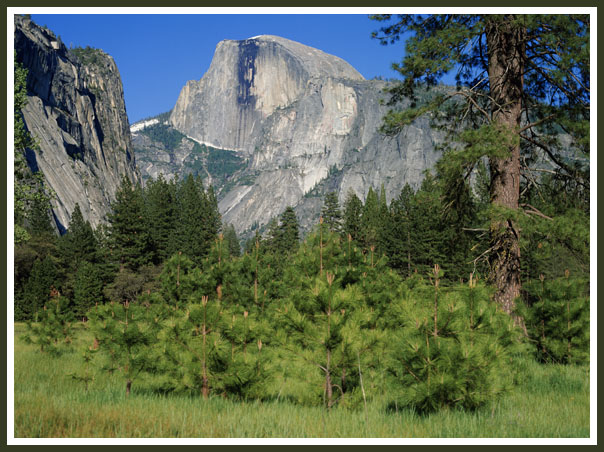 |
WEATHERING, SOIL, AND MASS WASTING |
 |

Weathering
External Earth processes occur at or near the Earth's surface including weathering, mass wasting, and erosion.
Erosion - the physical removal of material by mobile agents such as water, wind, or ice
Mass Wasting - the transfer of rock and soil downslope under the influence of gravity
Weathering - physical breakdown and chemical alteration of rocks at or near Earth's surface; all materials weather
Mechanical Weathering
- physical forces break rocks into smaller pieces without changing its mineral composition
- increases the amount of surface area available for chemical weathering
- three physical processes
- Frost Wedging
- repeated cycles of freezing and thawing water
- water seeps into cracks, freezes, expands, and enlarges the cracks
- *Frost Wedging is a factor in mountainous middle latitudes - rock sections are wedged loose and tumble into large piles called talus slopes
- Unloading
- sheeting, layers of igneous rock break loose when overlying rock pressure is removed by erosion
- exfoliation domes result when the outer layers expand more than the rock below it and separates from the rock body
- Biological Activity
- weathering facilitated by plants, animal activity and human activity
Chemical Weathering
- A chemical transformation of rock into one or more new compounds
- Water is the most important agent of chemical weathering
- dissolved substances reacts with the minerals in rocks Example: O2 or CO2
- The chemical weathering of feldspar generates clay minerals (shale), silica (chert), a soluble salt
- spheroidal weathering occurs - the rounding of angular rock masses
Rates of Weathering
A number of factors affect the rate of weathering. For example, rock characteristics such as mineral composition, solubility and physical features. Climate including temperature and moisture can both change the rate of weathering.






